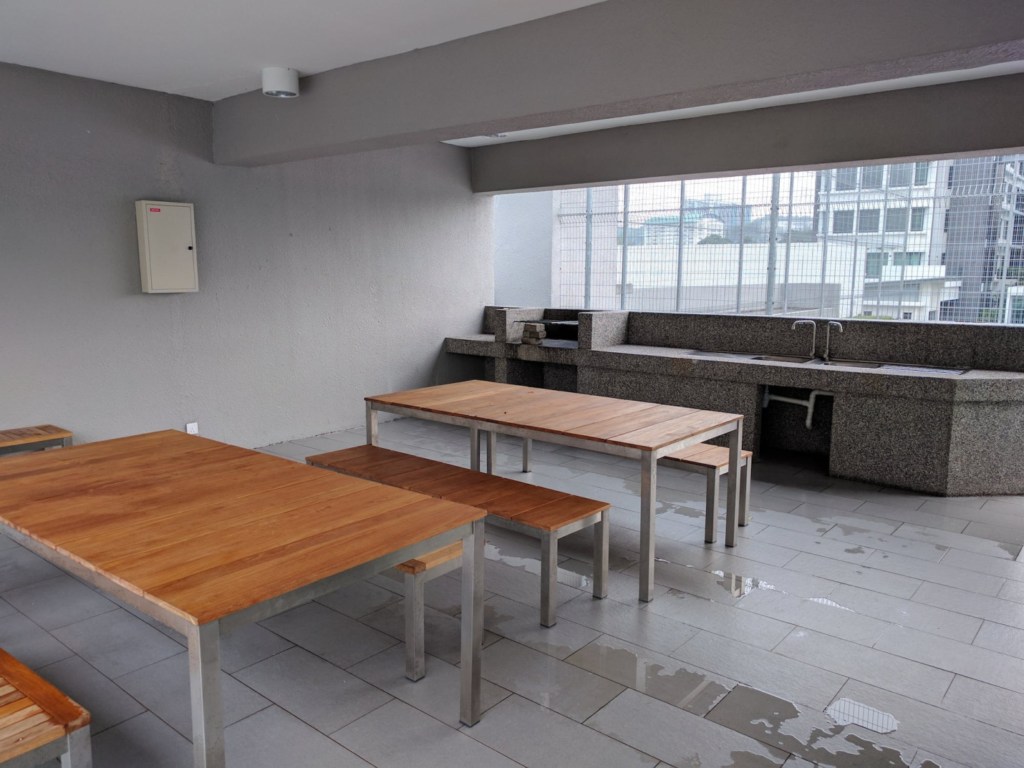Structural drying is a crucial aspect of the water damage restoration process, influencing the success and efficiency of recovery efforts. Understanding the art and science behind structural drying is essential for ensuring a swift and thorough restoration process.
In this blog, we will delve into the strategies and techniques involved in achieving effective structural drying, emphasizing the significance of this process in water damage restoration.
The Importance of Structural Drying in Water Damage Restoration
Water damage can create lasting issues on a property, affecting not only surfaces but also permeating into structures and materials. Structural drying is the key to preventing further damage and mitigating potential risks such as mold growth. Efficient structural drying ensures that a property is not only visually dry but also moisture-free within its core elements.
1. Rapid Water Extraction: The Foundation of Structural Drying
The first step in the structural drying process is the rapid extraction of water from the affected area. Powerful water extraction equipment is employed to remove standing water swiftly. This initial step lays the foundation for effective drying by eliminating excess water, reducing the risk of secondary damage.
2. Moisture Mapping: Precision in Identifying Hidden Moisture
To achieve thorough structural drying, it’s crucial to identify hidden pockets of moisture that may not be visible to the naked eye. Moisture mapping involves using specialized tools and equipment to detect moisture levels within various materials and structural components. This precision allows restoration professionals to target specific areas that require focused drying efforts.
3. High-Volume Air Movement: Accelerating the Drying Process
Strategically placed air movers facilitate high-volume air movement, expediting the evaporation of moisture from surfaces and materials. Proper airflow is essential for achieving a swift and thorough drying process. Water damage cleanup experts in Orange County carefully position air movers to maximize their efficiency, ensuring a balanced and uniform drying experience.
4. Dehumidification: Removing Excess Moisture from the Air
Dehumidifiers play a critical role in structural drying by removing excess moisture from the air. As the air movers promote evaporation, dehumidifiers capture the moisture and prevent it from reabsorbing into materials. This tandem approach accelerates the overall drying process, helping to achieve optimal moisture levels.
5. Monitoring and Adjusting: Ensuring Precision in Drying
Continuous monitoring of humidity levels, temperature, and moisture content is essential throughout the drying process. Water damage restoration professionals in Orange County use advanced monitoring equipment to assess the progress and make real-time adjustments to the drying strategy. This precision ensures that the structural drying process is thorough and effective.

Trust Our Professional Structural Drying Services in Orange County
While understanding the strategies behind structural drying is valuable, executing them effectively requires expertise and specialized equipment. Professional structural drying services in Orange County, like the ones we offer at Pro Water Damage Inc., help safeguard your home. Entrust the restoration process to experts and minimize damage, reduce the risk of mold growth, and expedite the return to a safe and dry environment.
Contact us today to start using our services.




